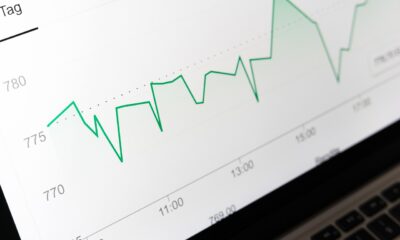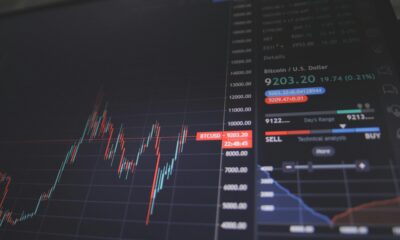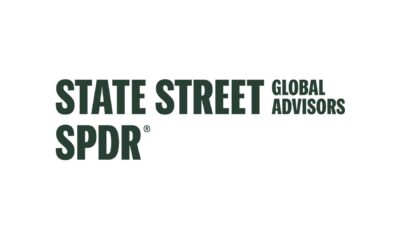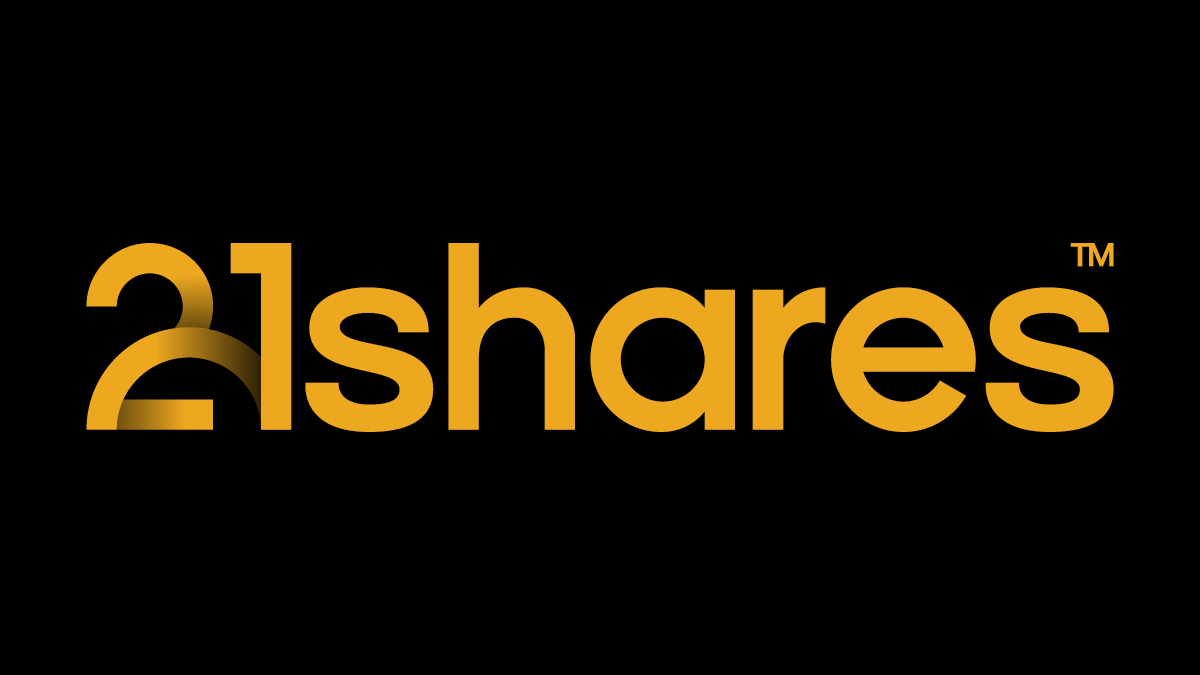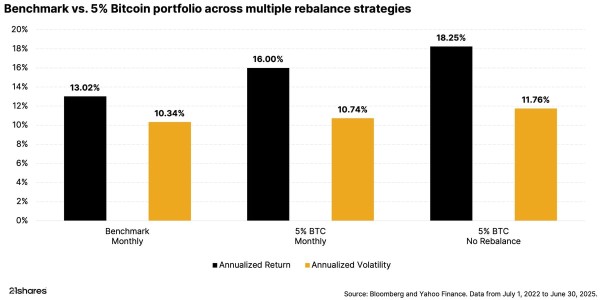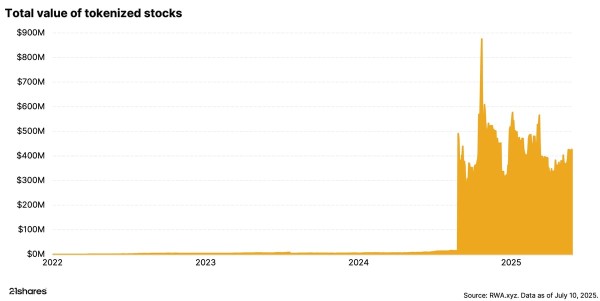Det finns fördelar och nackdelar med att använda aktieindex och de börshandlade fonder som följer dem. Ett index är en imaginär portfölj av värdepapper som representerar en viss del av den bredare marknaden. Aktieindex kan ge en statistisk mätning av aktiekurserna i den portföljen. Ett index konstrueras vanligtvis med hjälp av andelarna i ledande företag i ekonomin eller i en viss sektor.
Sammanfattning
Ett index ger ett snabbt mått på marknadens tillstånd.
Indexfonder är ett billigt sätt att investera, ger bättre avkastning än de flesta fondförvaltare och hjälper investerare att uppnå sina mål mer konsekvent.
Å andra sidan lägger många index för stor vikt på large cap aktier och saknar flexibilitet för förvaltade fonder.
Flera framstående investerare och många respekterade akademiker tror att de flesta har det bättre med indexfonder.
Index blev först populärt med framtagandet av Dow Jones Industrial Average (DJIA), som skapades av Charles Dow 1896. DJIA var det andra aktieindexet, skapat efter Dow Jones Transportation Average. DJIA blev ett avgörande verktyg för att spåra styrkan i den bredare ekonomin. Sedan dess har andra aktieindex blivit populära, inklusive S&P 500 och NASDAQ Composite. Många index spårar andra tillgångsslag, som obligationer och råvaror.
Många lågprisindexfonder följer aktieindex. Några framstående investerare, till exempel Warren Buffett, har förespråkat användningen av indexfonder för den genomsnittliga investeraren.
Fördelar med index
Aktieindex är ett enkelt sätt att spåra marknadens allmänna hälsa. Genom att titta på en statistisk mätning är det enkelt att mäta marknadens nuvarande tillstånd. Vidare kan de historiska uppgifterna om indexrörelser och priser ge investerare vägledning för hur marknaderna har reagerat på specifika situationer tidigare. Det kan hjälpa investerare att fatta bättre beslut.
Fördelar med indexfonder
Det finns också flera fördelar med indexfonder. Den största fördelen är, eftersom de bara spårar aktieindex, hanteras de passivt. Avgifterna på dessa indexfonder är låga eftersom det inte finns någon aktiv förvaltning. Börshandlade fonder (ETF) är ofta indexfonder, och de erbjuder i allmänhet de lägsta avgifterna av alla. Det kan spara investerare pengar under deras liv eftersom mindre av deras investeringsvinster går mot avgifter och utgifter.
Akademiska studier har visat att indexfonder överträffar aktiva förvaltningsfonder över tid. Till och med en förvaltare som konsekvent slår marknaden kan visa minskande prestanda. Således är det ofta vettigt för många investerare att inkludera indexfonder som en del av sina portföljer.
En annan fördel med indexfonder är att de tillåter investerare att uppnå sina mål i förhållande till riktmärken mer konsekvent. Tänk till exempel på en investerare som vill slå marknaden och är villig att ta fler risker för att uppnå det målet. Att investera 90 procent i en lågkostnad S&P 500 ETF och 10 procenti en 2x S&P 500 hävstång ETF kommer ofta att slå marknaden. Det finns ingen risk att en fondförvaltare väljer felaktiga aktier med denna strategi. Den enda återstående risken är när dålig eller medioker marknadsavkastning orsakar hävstångsinstrument för ETF som underpresterar marknaden.
Diversifiering av aktieinnehav med ETF-indexfonder i andra tillgångsklasser kan minska en portföljs volatilitet. Statsobligationer ger ofta en god säkring mot nedgången på aktiemarknaden.
Nackdelar med index
Det finns problem med beräkningen av aktieindex som kan leda till nackdelar. Till exempel är DJIA ett prisviktat index. Indexet beräknas genom att ta summan av priserna på alla 30 aktier i indexet. Denna summa delas sedan av en divisor. Divisorn justeras baserat på aktiesplit, spinoffs eller andra förändringar på marknaden.
Aktier med högre priser har en större inverkan på rörelser i indexet jämfört med lägre priser. Som ett prisviktat index tas inte hänsyn till den relativa storleken på aktiesektorn eller dess börsvärde. En annan kritik av DJIA är att den representerar en tunn skiva av blue-chip-universum eftersom det bara innehåller 30 företag.
Å andra sidan är S&P 500 ett marknadsviktigt index. Det beräknas genom att ta det justerade börsvärdet av alla aktier i indexet och sedan dela det med en divisor. I likhet med DJIA justeras divisorn för aktiesplit, spinoffs och andra marknadsförändringar.
Den största nackdelen med S&P 500 är att indexet ger högre vikter till företag med mer marknadsvärde. Aktiekurserna för Apple och Microsoft har ett mycket större inflytande på indexet än ett företag med lägre marknadsvärde. S&P 500-indexet ger ingen exponering för småföretag, som historiskt sett gav högre avkastning.
Nackdelar med indexfonder
Det finns också nackdelar med att använda indexfonder för investeringar. Bristen på flexibilitet begränsar indexfonderna till väletablerade investeringsstilar och sektorer. Vidare upplevde aktieindex en stor volatilitet under 2020. Indexfonderna följde bara aktieindexen nedåt. En duktig aktiv förvaltare kan dock ha kunnat begränsa nackdelen genom att säkra portföljen eller flytta positioner till kontanter.
En annan viktig nackdel med indexfonder är oförmågan att duplicera de mest framgångsrika fondförvaltarnas strategier. Det finns många valmöjligheter för att investera i ETF: er, men det finns mycket färre tillväxt till ett rimligt pris (GARP) ETF. Dessutom verkar GARP-ETF: er osannolikt att de duplicerar den långsiktiga prestationen för en mästare i den stilen, till exempel Peter Lynch. Slutligen utvecklar fondförvaltare ständigt nya strategier. Även de mest framgångsrika strategierna kommer inte att leda ETF-imitatorer under många år framöver.

 Nyheter3 veckor sedan
Nyheter3 veckor sedan
 Nyheter3 veckor sedan
Nyheter3 veckor sedan
 Nyheter3 veckor sedan
Nyheter3 veckor sedan
 Nyheter2 veckor sedan
Nyheter2 veckor sedan
 Nyheter2 veckor sedan
Nyheter2 veckor sedan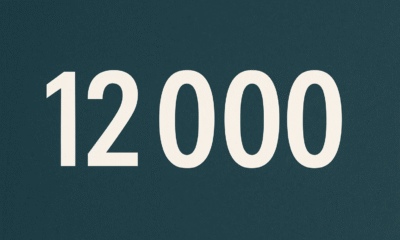
 Nyheter2 veckor sedan
Nyheter2 veckor sedan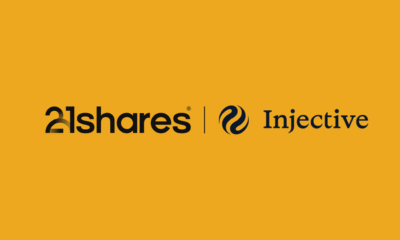
 Nyheter2 veckor sedan
Nyheter2 veckor sedan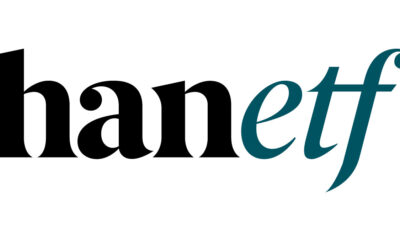
 Nyheter2 veckor sedan
Nyheter2 veckor sedan


